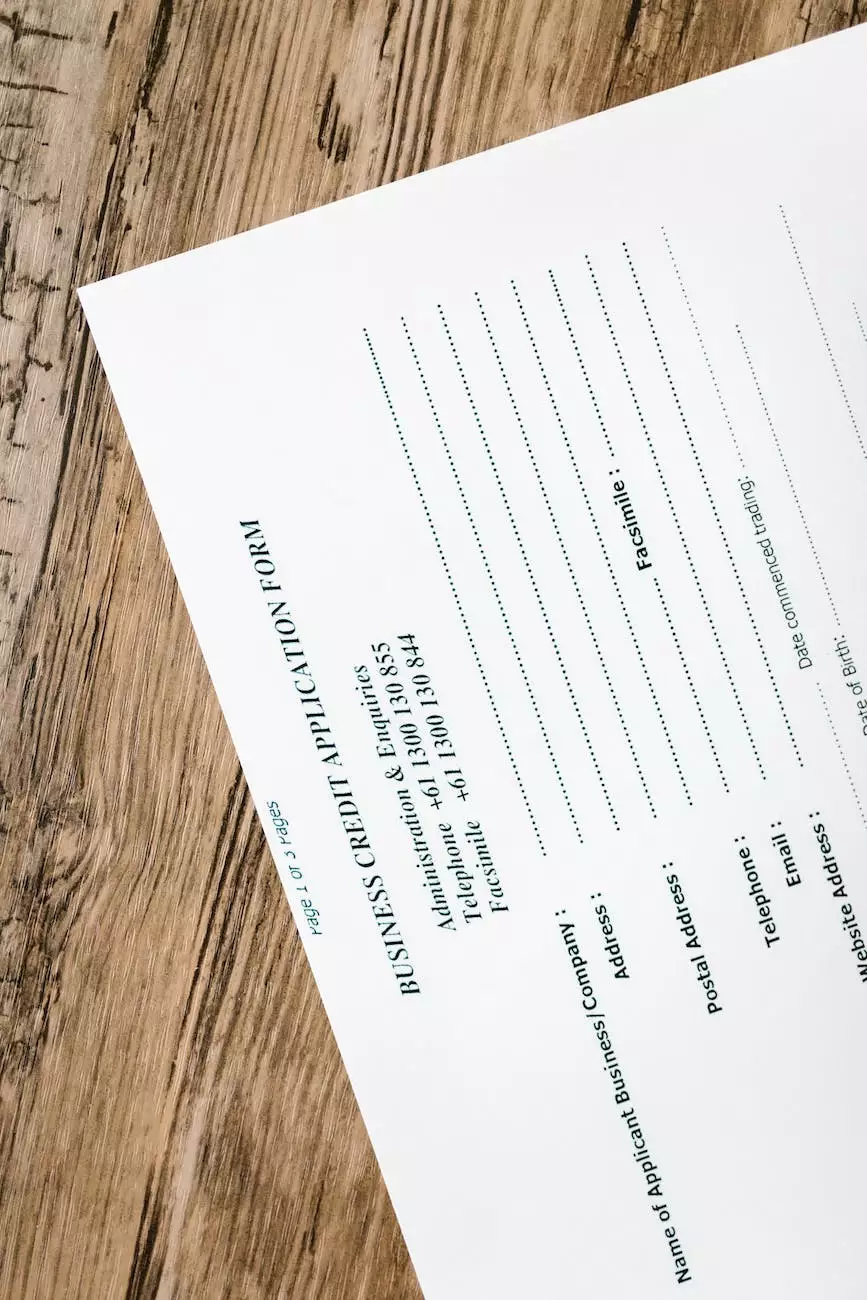Budgeting for Your First Home
Our Facility
Introduction
Welcome to Social Service of America, your trusted resource for all things related to community and society in the realm of philanthropy. In this guide, we will provide you with comprehensive tips and strategies on how to effectively budget for your first home and make your dream of homeownership a reality.
Why Budgeting is Crucial
When it comes to purchasing your first home, budgeting plays a crucial role in ensuring a successful and financially sound journey. By having a well-defined budget, you can determine your affordability, evaluate mortgage options, and plan for future expenses.
Step 1: Assessing Your Financial Situation
The first step in budgeting for your first home is to assess your financial situation. Take a close look at your income, expenses, and savings. Calculate your monthly disposable income and identify areas where you can cut back on discretionary spending.
Step 2: Setting Realistic Goals
Setting realistic goals is paramount in the home budgeting process. Determine the type of home you desire and its location. Research the average home prices in your target area and use online mortgage calculators to estimate approximate monthly mortgage payments.
Step 3: Saving for a Down Payment
Saving for a down payment can be a daunting task, but it is essential in securing your first home. Assess your current savings and establish a savings plan. Consider opening a separate savings account dedicated solely to your home purchase to track your progress.
Step 4: Researching Mortgage Options
Understanding mortgage options is crucial to making an informed decision. Take the time to research various types of mortgages, including fixed-rate mortgages, adjustable-rate mortgages, and government-insured loans. Compare interest rates, terms, and eligibility criteria to find the best fit for your needs.
Step 5: Factoring in Additional Costs
When budgeting for your first home, it's essential to account for additional costs beyond the purchase price. These may include closing costs, property taxes, homeowners insurance, and maintenance expenses. Prepare a financial cushion to cover these expenses and avoid any financial strain.
Step 6: Creating a Monthly Budget
Once you have a clear understanding of your financial situation, goals, savings, and mortgage options, it's time to create a comprehensive monthly budget. Allocate funds for mortgage payments, utilities, groceries, transportation, and other expenses. Optimize your budget by cutting unnecessary expenses and focusing on your homeownership goals.
Step 7: Seeking Professional Advice
If you feel overwhelmed or unsure about the home budgeting process, don't hesitate to seek professional advice. Consult with mortgage brokers, financial advisors, or housing counselors who can provide expert guidance tailored to your specific situation.
Conclusion
Congratulations, you have now learned valuable insights and strategies to budget effectively for your first home. Remember that patience, discipline, and proper planning are key to achieving your homeownership goals. Social Service of America is committed to supporting individuals and families in their pursuit of a stable and fulfilling living environment. Stay tuned for more resources and assistance on our website to help you along your homeownership journey.









